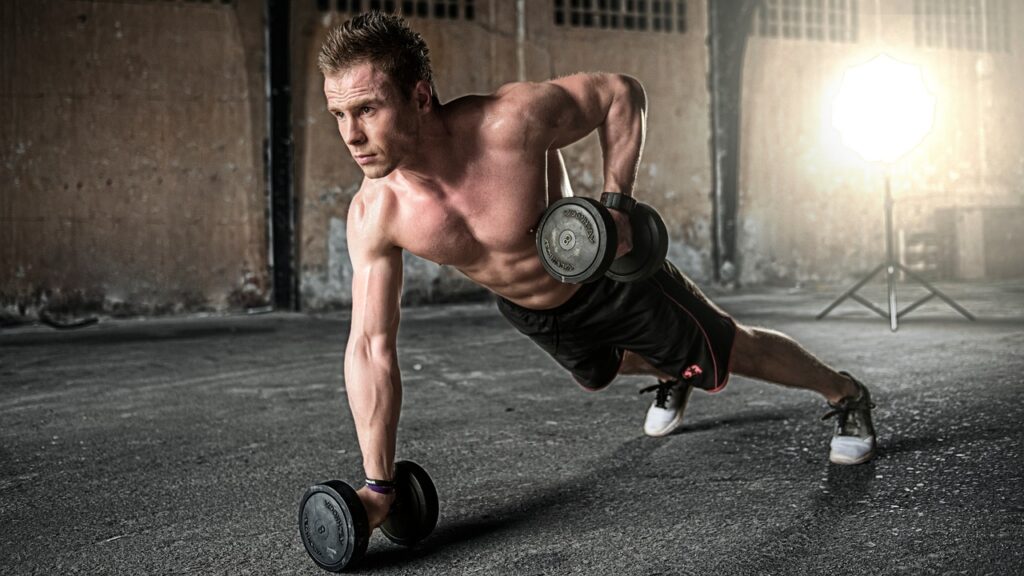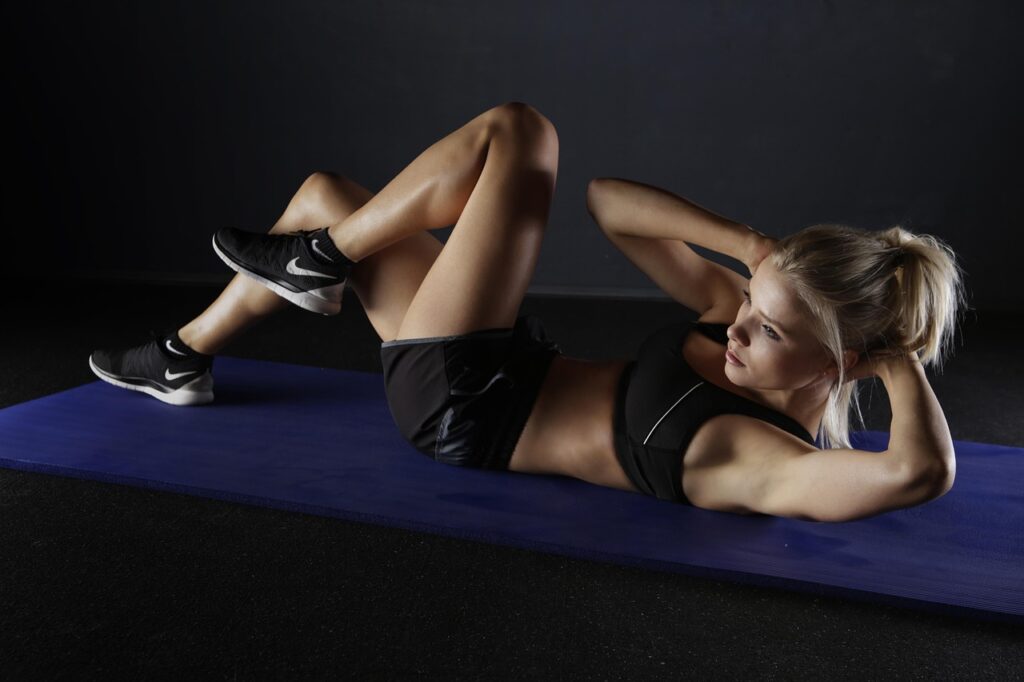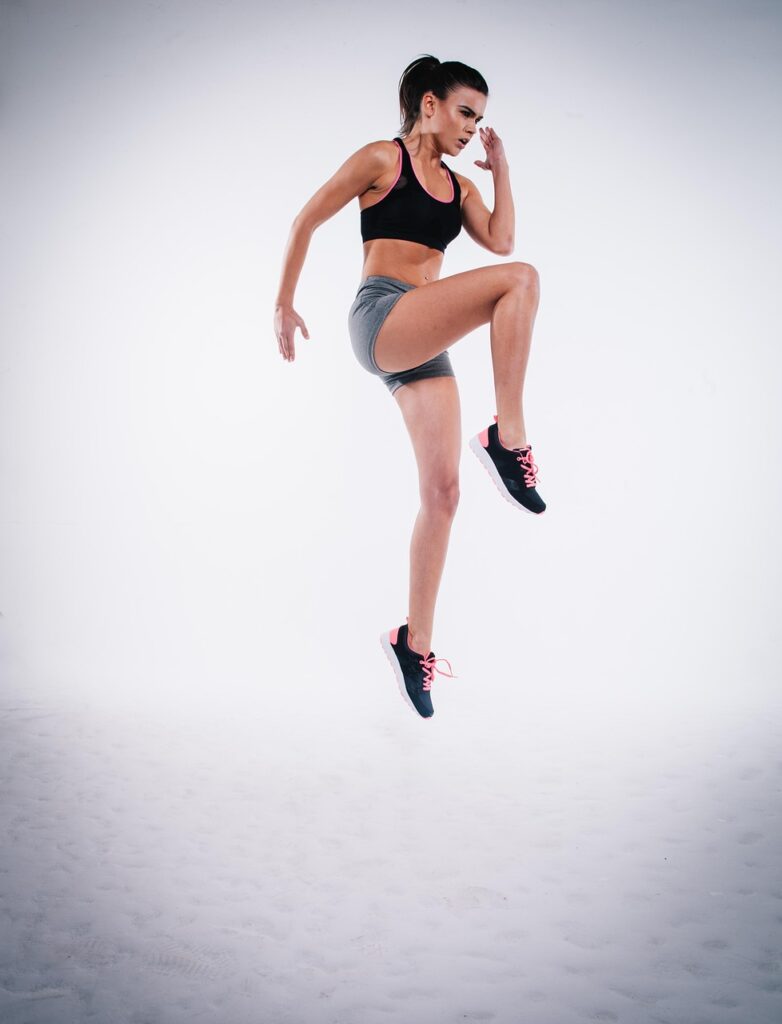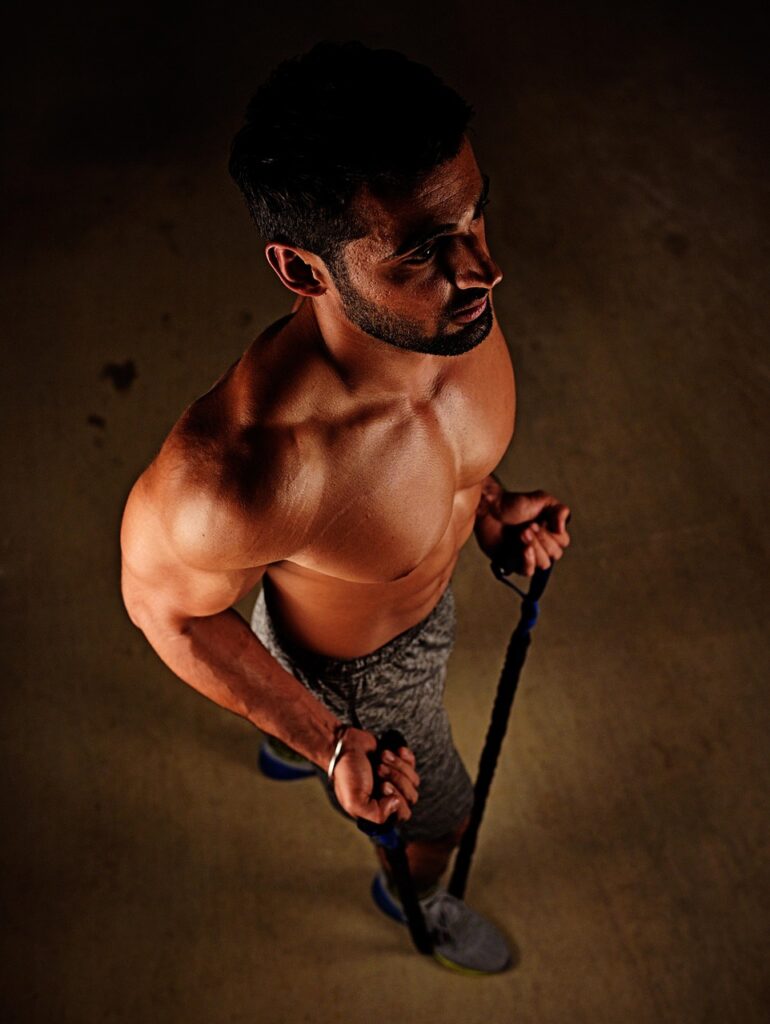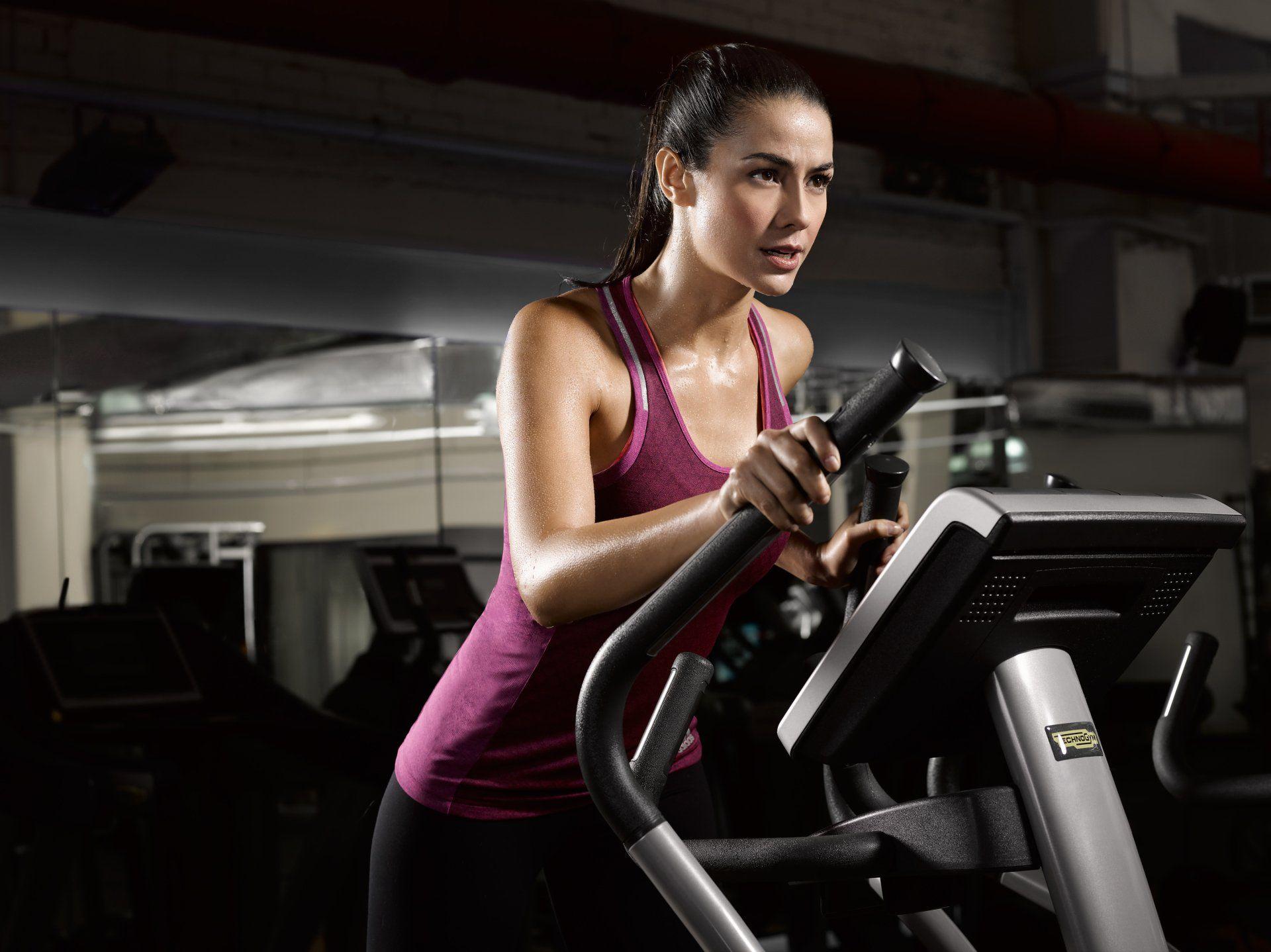
FITNESS SOCIAL MEDIA is a firehose of dumb workout advice—specifically for ab training. From five-minute core workouts to miracle exercises no normal person can pull off to barbell movements that plain don’t work, there’s a near endless stream of junk that won’t get you any closer to your six-pack goals. It’s easy to get lost in the noise, chasing after trends that promise quick results but often fall short of delivering real, sustainable core strength.
While classic core exercises like crunches and sit-ups have their place in some routines, they often miss key muscles, can strain your neck or back, and limit your range of motion. Men’s Health Fitness Director Ebenezer Samuel, C.S.C.S., emphasizes that “Your core serves many different functions—from twisting to bracing to flexing your spine—and how do we train it? By skipping the Instagram stupidity and focusing on what works.” The truth is, building a truly strong, balanced, and functional core requires a more comprehensive approach.
That’s why we’ve tapped into the expertise of top trainers to bring you 15 simple, yet incredibly effective exercises that are unequivocally better than crunches for targeting your abs. This in-depth guide will not only highlight movements that deliver superior results by engaging more muscles and reducing injury risk, but also provide you with clear, actionable steps to integrate them into your routine. Get ready to transform your core with these powerful, expert-backed alternatives!

1. **Cable Crunch**The traditional crunch is a staple movement, but as Samuel points out, “they’re not actually challenging your abs through a long range of motion, they’re not providing a lot of tension, and they’re only working your abs in the flexed position.” This limited engagement means you’re often not getting the full benefit for your abdominal muscles, leaving significant room for improvement in your core training. It’s time to move beyond the basics for truly impactful ab development.
Instead of the standard crunch, Samuel highly recommends the cable crunch. This powerhouse exercise addresses all the shortcomings of its predecessor by allowing you to load the movement with a cable tower, significantly increasing tension on your core. The kneeling position naturally facilitates a much longer range of motion, ensuring your abs are worked through their full contractile capability.
Furthermore, the cable crunch introduces a crucial element of anti-extension. As the cable pulls, your abs are challenged in a stretched position, forcing them to resist the urge to hyperextend your spine. This not only builds strength in a different, often neglected, part of the movement but also contributes to overall core stability and injury prevention.
To make the cable crunch a cornerstone of your ab routine, set the pulley of a cable machine to its highest setting and attach a rope handle. Select your desired weight and then drop to your knees, scooting back a few inches until the cable is taut. Bring the rope near the top of your head, then crunch your head toward your hips, consciously pushing your belly button to the ceiling and rounding your back. Focus on controlled movement and the deep engagement of your abdominal muscles throughout.
Read more about: Unlock Your Potential: The Ultimate Guide to 15 Free Online Courses for High-Income Skills in 2025
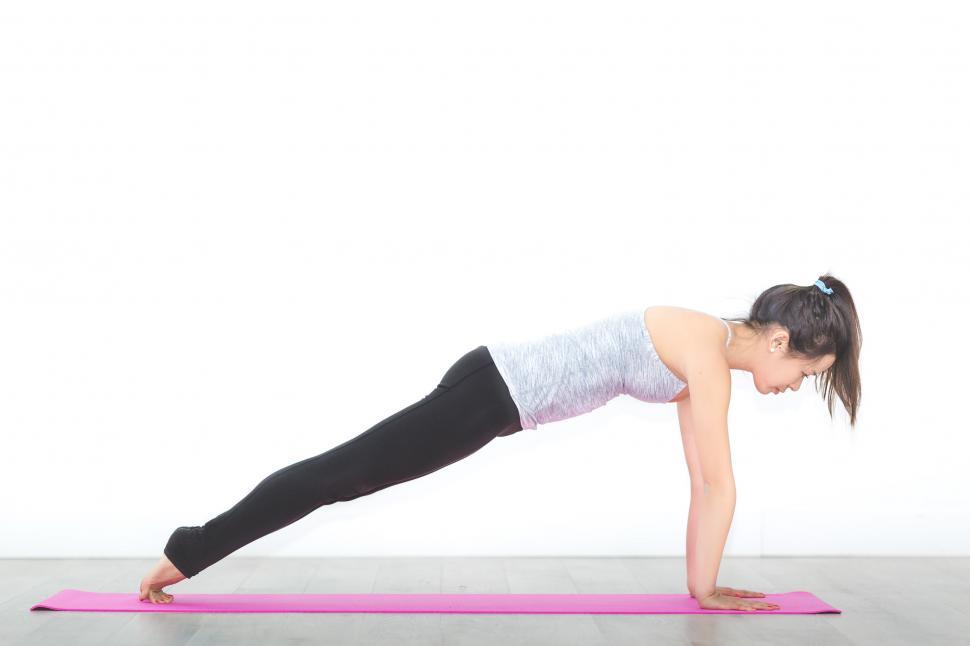
2. **Plank Shoulder Tap / Long Lever Plank**Holding planks for five, 10, or even 15 minutes might land you in the record books, but Samuel warns against their efficacy for true core development, stating: “note this about the guys holding the planks: They do not have terrific six packs, they do not have impressive core strength, and these aren’t the people showcasing rotational power.” He clarifies that the traditional plank loses its value after about 45 seconds; simply holding longer doesn’t build core strength, which is meant to serve many functions.
Once you can comfortably hold a solid plank for 60 seconds, it’s time to progress beyond mere duration. Adding movement to your planks introduces a dynamic challenge that allows you to reap more benefits in a shorter period, typically 30 seconds to a minute. These variations engage your core in new ways, forcing it to stabilize against movement and rotation rather than just isometric holding.
The Plank Shoulder Tap is an excellent example, demanding your core to rotate and brace as you lift one hand to tap the opposite shoulder. This dynamic action strengthens your anti-rotational stability, a critical function often overlooked in static plank holds. It’s a fantastic way to level up your plank game and build impressive, functional core strength that translates to real-world power.
To execute the Plank Shoulder Tap, begin in a high plank position with your hands directly underneath your shoulders. Brace your core tightly, then raise your right hand to gently tap your left shoulder. Return your right hand to the floor with control and repeat the movement on the other side, alternating for the desired duration.
For another advanced variation, the Long Lever Plank intensifies the challenge. Start in a high plank position, consciously squeezing your shoulder blades, abs, and glutes to create full-body tension. Then, extend your hands further above your head, keeping your palms flat on the floor. In this lengthened position, you must fight diligently to maintain solid posture—tight abs and butt down—to truly engage your core against the increased leverage.
Read more about: Unlock Your Inner J.Lo: The Superstar’s Age-Defying Morning Workout, Diet, and Wellness Secrets You Can Start Today
3. **Overhead Pallof Press**Many people turn to side bends to work their obliques, but Samuel contends that “Because of the position of the load and the other muscles involved in the side bend (arms, shoulders, and traps), it’s too easy to be effective and doesn’t target your core muscles enough.” This often leads to accessory muscles taking over, reducing the intended engagement of your core and limiting the exercise’s overall benefit. It’s time to choose movements that truly isolate and challenge your obliques and deep core.
“Instead of side bends, do the overhead Pallof press,” advises Samuel. This exercise effectively produces similar tension for your obliques and abs, mimicking what you *think* you’re getting from a side bend, but with far greater precision and focus. The design of the Pallof press makes it much easier to stay concentrated on the target muscles, preventing other muscle groups from compensating.
What truly elevates the Overhead Pallof Press is the placement of the load directly over your head. This overhead position maintains constant tension on your abs throughout the entirety of the set, demanding continuous engagement from your core to resist rotation and maintain stability. It’s a powerful anti-rotational exercise that builds deep, functional strength.
To perform the Overhead Pallof Press, set the pulley of a cable tower so that it aligns with the middle of your chest when you are kneeling tall. Grab the pulley, with a D-handle attached, and take a few steps away from the pulley until the cable is tense. Hold the handle with both hands at chest height, ensuring your core is already braced. Then, with controlled power, press the cable directly overhead, resisting any urge for your torso to twist or lean, before slowly returning to the starting position.

4. **Hanging Leg Lift**The reverse crunch is a popular and seemingly accessible exercise for targeting the lower abs. However, Samuel notes a significant drawback: “This move is also easy to cheat on and to avoid creating proper core tension with… you wind up doing this movement too fast and not getting anything out of the reverse crunch.” When form breaks down or speed takes over, the effectiveness diminishes, and the potential for true lower ab engagement is lost.
For a more challenging and profoundly effective alternative, Samuel recommends the hanging leg raise (or any hanging variation). This movement “viciously targets your lower abs” by forcing them to work against gravity with a full range of motion. The inherent difficulty ensures that you’ll do far fewer reps than a reverse crunch, but each one will be significantly more potent and productive.
A key advantage of the hanging leg lift is the continuous tension it places on your abdominal muscles. “The great thing here is that we have tension on our abs, and we can maintain tension on our core at the bottom of the exercise,” Samuel highlights. This sustained tension is crucial for building strength and endurance in the often-stubborn lower abdominal region, leading to more tangible results.
To execute the Hanging Leg Lift, grab a pull-up bar with both hands, using a grip that allows you to hang comfortably. Engage your shoulder blades, abs, and glutes to create full-body tension, minimizing swing. From this stable position, raise your legs up toward your head, keeping your knees locked out for the most advanced version. If this is too difficult, bend your knees and drive them toward your head instead, gradually progressing to straight legs as your core strength improves.
Read more about: Faded Legends: Exploring 11 American Coupes That Lost Their Spotlight but Shaped Automotive History
5. **Front Rack March**The bicycle crunch often gets lauded as a dynamic core exercise, but Samuel offers a crucial critique, calling the movement “way overhyped.” He explains that while dynamic movements are beneficial, the bicycle crunch is dynamic “in all the wrong ways,” leading to significant lapses in tension. “There are too many moments in the bicycle crunch where there isn’t tension on the abs,” he states, emphasizing that if we don’t maintain a hollow position, core engagement is compromised.
Instead of the inconsistent tension of the traditional bicycle crunch, the front rack march offers an equally dynamic and far more effective replacement. This exercise powerfully challenges your core by forcing it to maintain balance and stability under load while in motion. It transforms a simple march into a potent core-strengthening movement that demands constant engagement from your entire midsection.
The front rack march integrates full-body tension, requiring you to actively squeeze your shoulder blades, abs, and glutes. This holistic engagement means your core isn’t just working in isolation; it’s acting as a stabilizer for your entire body, mirroring the functional demands of everyday life and athletic performance. It’s an intelligent way to build real-world core strength that extends beyond isolation.
To perform the Front Rack March, clean two kettlebells so you’re holding them securely in the front rack position, resting on your biceps with elbows tucked. Ensure your shoulder blades, abs, and glutes are squeezed tight, keeping your back straight and rigid. Drive one knee powerfully up toward the ceiling, then return it to the floor with control. Immediately drive the other knee up, alternating between your right and left legs for either a set period of time or a specified number of repetitions.
Read more about: Unpacking the AI Revolution: 15 Must-Know Facts About ChatGPT’s Evolution and Impact
6. **Half-Kneeling Kettlebell Windmill**While Samuel points out the flaws in the traditional bicycle crunch’s dynamic nature, he also advocates for alternatives that offer a full range of motion, even if they are more static. The Half-Kneeling Kettlebell Windmill provides precisely this, taking your core through an extensive range of motion that specifically includes both flexion and rotation—critical functions often neglected in isolated ab work. This makes it a comprehensive core challenge.
This exercise is not just about strength; it’s about control, mobility, and deep stabilization. By holding a kettlebell overhead while moving through a complex plane, your core is forced to work intensely to prevent wobbling and maintain spinal integrity. This focus on controlled movement under load helps to build resilient obliques and a more integrated, stable midsection.
The Half-Kneeling Kettlebell Windmill is a fantastic way to develop anti-rotational and lateral stability, crucial for protecting your spine and improving overall body mechanics. It teaches your core to brace against external forces while simultaneously allowing for controlled movement, preparing your body for the unpredictable demands of sports and daily activities.
To execute the Half-Kneeling Kettlebell Windmill, begin in a halneeling stance with your legs positioned wider than you would for other kneeling exercises, providing a stable base. Raise or clean the kettlebell to your shoulder before pressing it securely overhead. Crucially, avoid arching your back by actively squeezing your abs, and keep your eyes locked on the kettlebell throughout the entire movement. Push your butt back; as you do this, your chest will naturally begin rotating to that side. Squeeze your shoulder blades tight, and lower your opposite elbow towards the ground with control. Once you’ve lowered as much as you safely can, pause briefly, then reverse the movement with precision to return to the starting position.
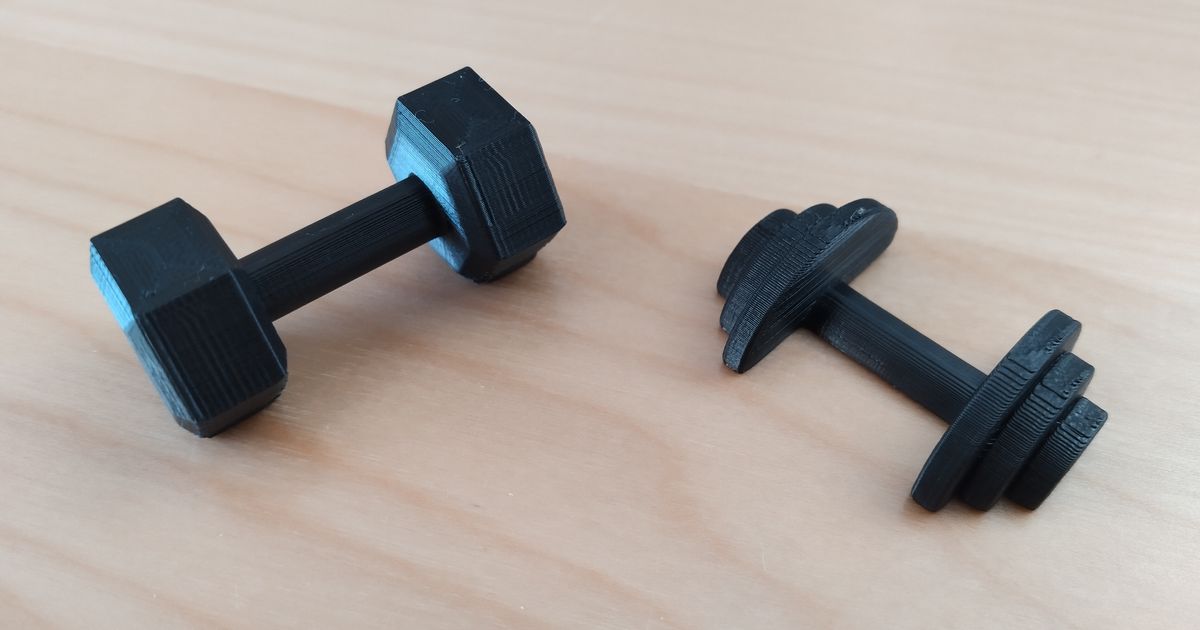
7. **Dumbbell Squat with Cross Crunch**Moving beyond traditional mat work, the integration of standing core exercises offers a profound advantage by compelling your core to work intensely for stability and balance. When you’re on your feet, your core isn’t just engaging superficial muscles; it’s activating deeper stabilizers crucial for posture and functional movement. This shift makes your core workout more akin to the demands of daily life, where balance and stability are constantly required.
Trainer Britany Williams highlights the value of such movements, noting that her routine isn’t just about sculpting abs, but challenging the entire core in a more dynamic way. Exercises like the Dumbbell Squat with Cross Crunch are designed to combine strength and balance, demanding that your core labor to maintain control throughout the movement. This integrated approach ensures a holistic workout for your midsection.
The benefits of incorporating standing core work are extensive. They include strengthening your abs and engaging deeper stabilizing muscles, which enhance posture and support how your core assists with everyday tasks. This dynamic engagement allows you to improve balance, coordination, and overall athleticism, providing a more comprehensive approach to core development than isolated crunches.
By focusing on moves that integrate core work with compound movements, you build functional strength and stability that protects your spine and improves movement efficiency. The Dumbbell Squat with Cross Crunch exemplifies how to challenge your core from all angles, ensuring that you’re not just strong when lying down, but powerful and stable in every action, a crucial step for achieving a truly robust and resilient core.
Stepping off the mat and into a realm of dynamic, functional strength, Section 2 is dedicated to elevating your core training with ‘Eight Functional Powerhouses.’ These exercises challenge your midsection not just for isolated muscle growth, but for real-world stability, balance, and power. As you move through these movements, you’ll discover how incorporating stand-up and full-body exercises can profoundly impact your posture, athletic performance, and everyday movement efficiency, ensuring your core is ready for anything life throws at it. You’ll be activating deeper stabilizers crucial for posture and functional movement, making your core workout more akin to the daily demands you face. This comprehensive approach builds functional strength and stability that actively protects your spine and improves movement efficiency in every action, ensuring you’re strong and stable for all of life’s challenges.
Read more about: Unlock Your Potential: 15 Science-Backed Strategies to Shatter Workout Plateaus and Ignite New Gains

8. **Farmer’s Carry**The Farmer’s Carry stands out as a phenomenal compound exercise, a true powerhouse that goes far beyond what crunches could ever offer. It’s an excellent alternative to traditional sit-ups, engaging a multitude of muscles simultaneously to deliver comprehensive core strength. This move doesn’t just hit your abs; it powerfully targets the core, hip flexors, glutes, and shoulders, providing a fantastic workout for both your lower and upper body.
What truly makes the Farmer’s Carry exceptional is its ability to dramatically improve your balance and stability. As you walk with heavy weights, your entire midsection is forced to engage deeply, resisting rotation and lateral flexion to keep your body upright and steady. This consistent, full-body tension is precisely what builds resilient core strength that translates directly into better posture and greater control in daily activities.
To perform this exercise, select two heavy objects, such as dumbbells or kettlebells, and hold one weight securely in each hand. Engage your abs tightly and keep your chest lifted. Then, slowly walk forward for 20 to 30 seconds, maintaining impeccable posture throughout the entire movement. Aim for 3 to 5 repetitions of this powerful walk, focusing on controlled steps and sustained core engagement.
Read more about: Navigating SNAP (Food Stamps) in 2025: A Comprehensive Guide to Eligibility, Application, and Interview Success
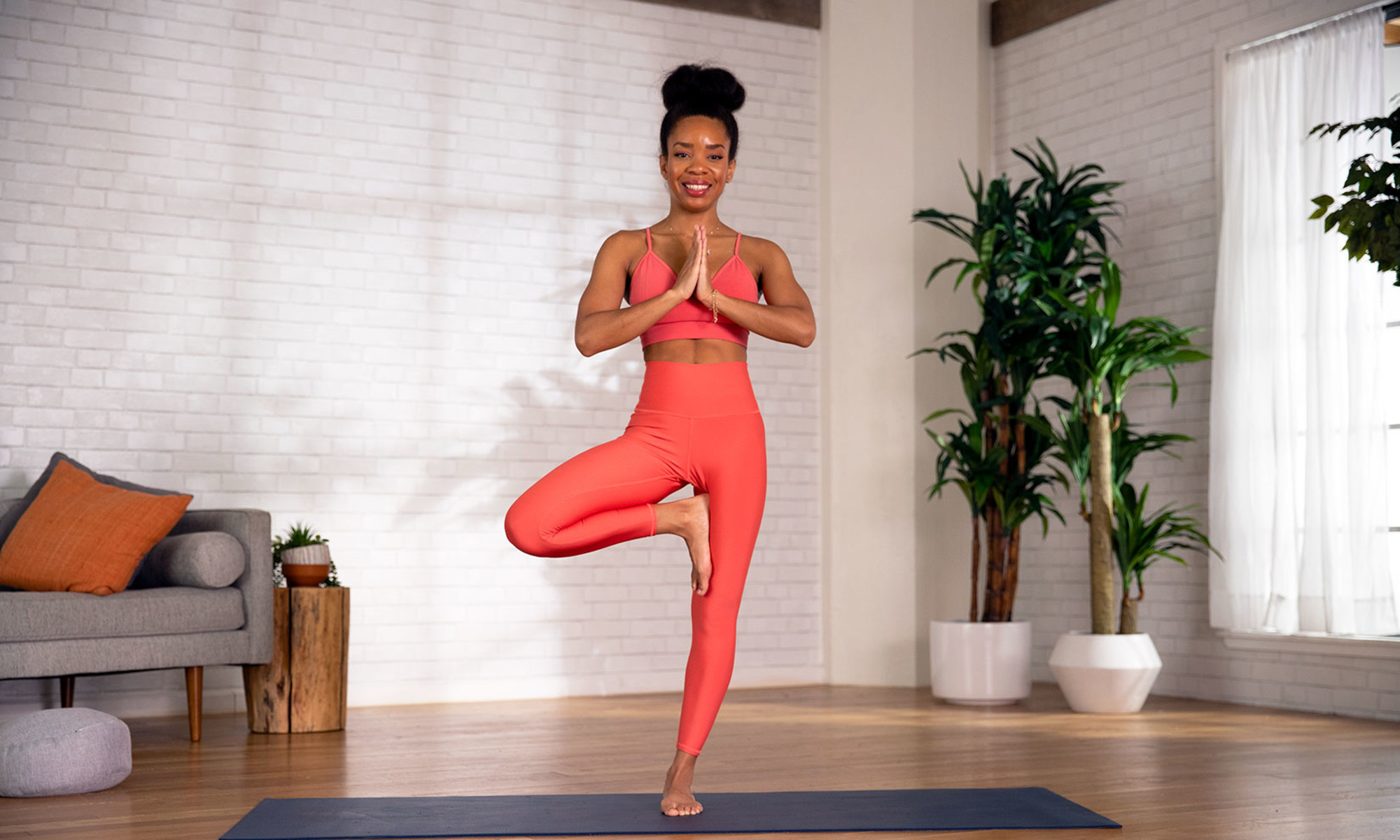
9. **Standing Knee-to-Elbow**Transitioning further into dynamic standing movements, the Standing Knee-to-Elbow is an excellent exercise for comprehensively strengthening your entire core. This move is a fantastic way to improve coordination and balance, activating your obliques, lower abs, and hip flexors in a fluid, integrated motion. It’s a highly functional exercise, directly benefiting everyday movements like walking and twisting, by making them smoother and more controlled.
Beyond just sculpting your midsection, this exercise significantly contributes to enhancing your posture and overall stability. By bringing your knee towards your opposing elbow, you engage deep core stabilizers, reducing the risk of lower back pain over time by encouraging proper spinal alignment. This constant need to stabilize while moving truly challenges your core in a way that static exercises often miss.
To execute the Standing Knee-to-Elbow, begin by standing tall with your feet hip-width apart and your hands gently placed behind your head. Brace your core, then lift your right knee powerfully toward your left elbow, simultaneously twisting your torso to meet it. Return to the starting position with control before repeating the movement on the other side, continuously alternating for 30 to 45 seconds.
This dynamic engagement ensures a holistic workout for your midsection, extending far beyond the isolated efforts of a crunch. It’s about building a core that acts as the central pillar of strength for your entire body, supporting every movement and ensuring you move with grace and power in all aspects of life.
10. **Woodchopper**The Woodchopper is a formidable rotational exercise that sculpts your core, shoulders, and legs, all while mimicking a natural, powerful twisting motion. This dynamic movement is a cornerstone for improving rotational strength, a crucial component for a wide array of sports and daily activities, from reaching for an object on a high shelf to swinging a golf club or tennis racket. It’s an exercise that screams real-world functionality.
This move also plays a significant role in building power and stability through your core, actively helping to prevent injury by strengthening the muscles responsible for bracing against rotational forces. When your core works hard to resist wobbling and twisting, you build deep, resilient strength that you can genuinely use day-to-day. It’s about creating a midsection that can absorb and produce force effectively.
To perform the Woodchopper, hold a dumbbell or medicine ball with both hands and stand with your feet shoulder-width apart. Begin with the weight positioned near one hip, then powerfully twist your torso and lift it diagonally across your body and upward, as if chopping wood. Control the movement as you bring the weight back down to the starting position. Repeat this action for 10 to 12 repetitions on each side, focusing on controlled, powerful movements.
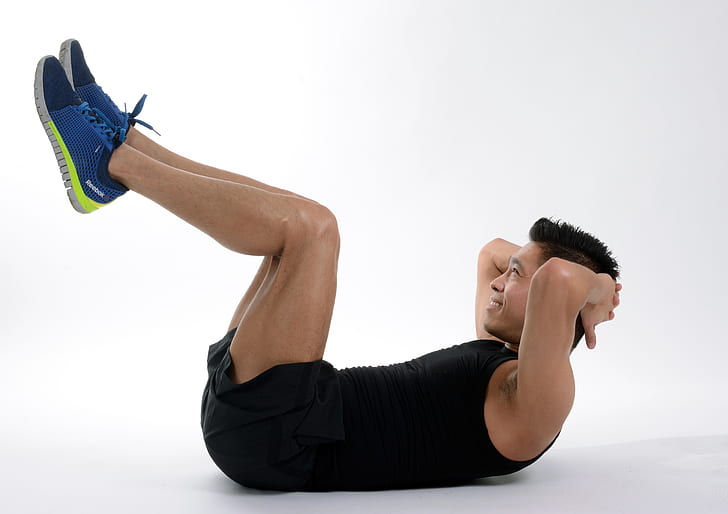
11. **Standing Bicycle Crunch**While the traditional mat-based bicycle crunch has faced scrutiny, the standing variation offers a fresh, effective approach to target your obliques, lower abs, and hip flexors. Crucially, this exercise allows you to strengthen these vital core muscles while keeping your spine in a neutral, supported position, mitigating the strain often associated with its floor-based counterpart. It’s a smart way to get the benefits without the drawbacks.
This standing version significantly enhances both coordination and balance, making it a highly functional movement for a range of daily activities where dynamic stability is paramount. By keeping your body upright, you continuously challenge your core endurance, ensuring constant engagement from your midsection without placing undue pressure on your neck and back. It’s about smart, sustained work.
To perform the Standing Bicycle Crunch, stand with your feet hip-width apart and your hands positioned behind your head. Actively lift your right knee upwards while twisting your torso so your left elbow moves toward it in a controlled, deliberate motion. Return to the starting position before repeating the move on the opposite side. Continue alternating sides for 30 to 45 seconds, focusing on precision and engagement rather than speed.
Read more about: Unlock Your Potential: 15 Science-Backed Strategies to Shatter Workout Plateaus and Ignite New Gains
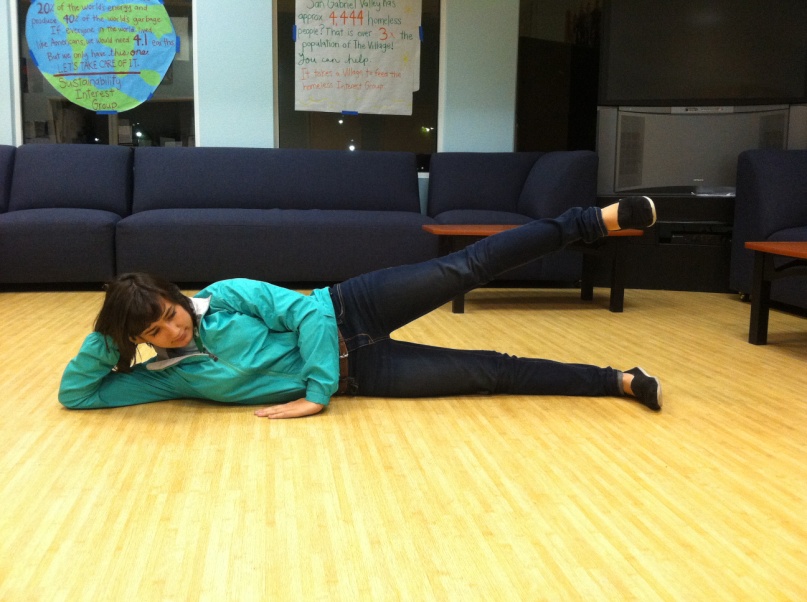
12. **Side Leg Raises**Side Leg Raises are an impactful exercise that specifically targets your obliques, hip flexors, and outer thighs, building strength in your core while simultaneously improving hip stability. This movement is exceptional for enhancing lateral strength, a critical component for maintaining balance and actively preventing falls, especially as you navigate uneven terrain or unexpected shifts in weight. It’s stability from the ground up.
Beyond mere strength, this exercise powerfully supports better posture and overall mobility, ensuring your daily movements are smoother, more controlled, and less prone to strain. By challenging your body to maintain alignment against gravity while lifting your leg, you engage those deeper stabilizing muscles that are fundamental to a resilient and well-supported core.
To execute Side Leg Raises, stand tall with your hands comfortably placed on your hips or gently holding onto a sturdy surface for additional balance. Keeping your core actively engaged, lift your right leg directly out to the side with control. Slowly lower it back down, resisting the pull of gravity. Repeat this movement for 10 to 12 repetitions on one side before switching to challenge the other leg, always prioritizing form over momentum.
Read more about: Why Walking Is Your Health’s Best Friend: 12 Proven Benefits and Practical Tips for a Longer, Healthier Life
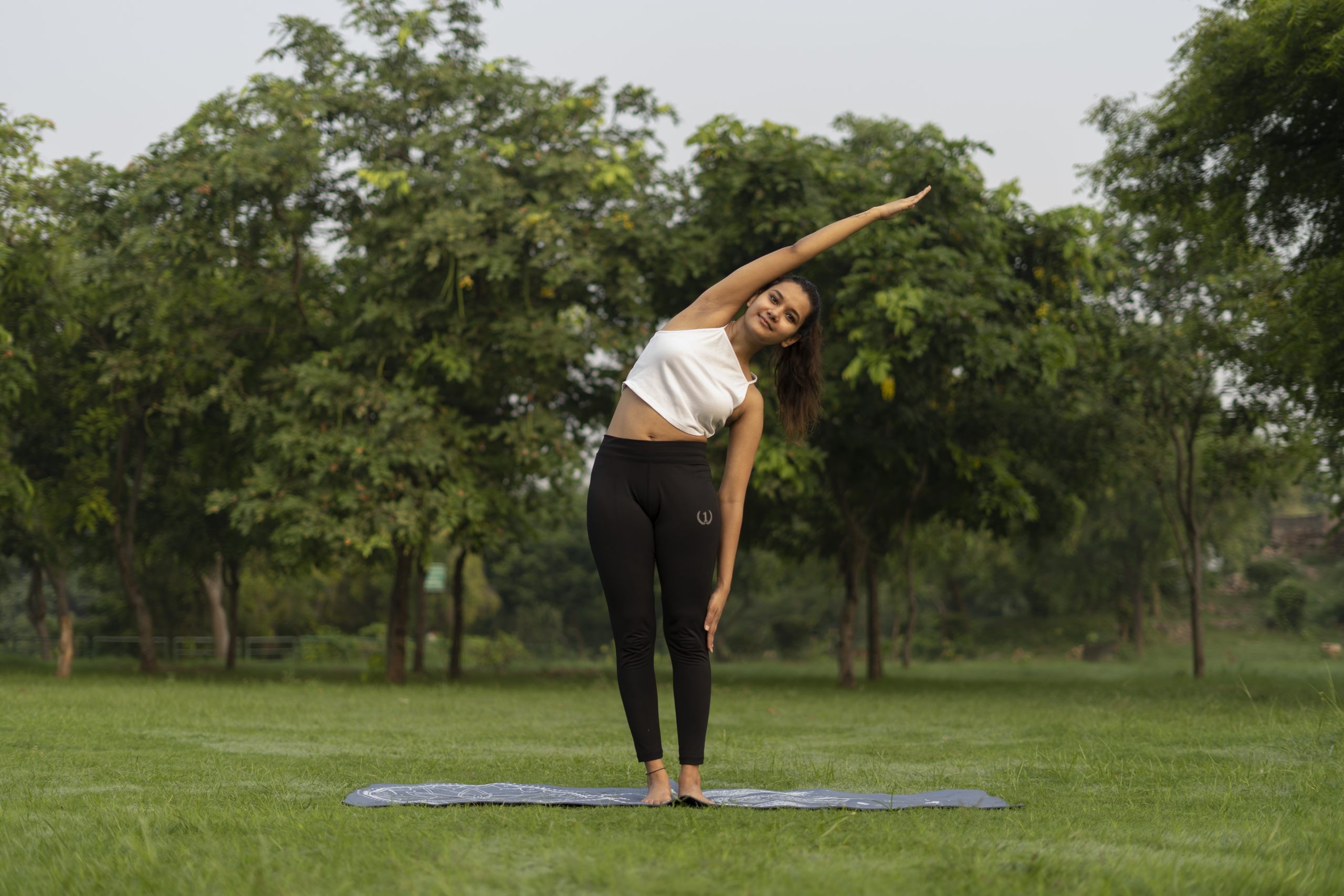
13. **Standing Oblique Crunches**The Standing Oblique Crunch offers a direct and highly effective way to target your obliques, simultaneously engaging your lower abs and significantly boosting your overall stability. This exercise is adept at helping to create definition in the waistline while crucially enhancing your control over side-to-side body movements. It’s a concentrated effort to sculpt and strengthen the often-neglected lateral muscles of your core.
Furthermore, this move actively supports optimal spinal alignment and increases flexibility, directly contributing to a reduction in tension within the lower back. By performing it standing, you elevate the challenge to your core endurance, forcing it to maintain stability against gravitational forces for sustained periods. It’s an intelligent approach to building a robust and flexible midsection.
To perform Standing Oblique Crunches, stand with your feet shoulder-width apart and your hands gently positioned behind your head. Lift your right knee towards your right elbow, consciously crunching the side of your waist to facilitate the movement. Lower your leg and arm back to the starting position with control, then repeat the action on the left side. Continue alternating sides for 30 to 45 seconds, focusing on a deep, controlled squeeze in your obliques.
Read more about: Unlock a Stronger Core: 12 No-Equipment Exercises for Stability and Strength in Just Minutes a Day
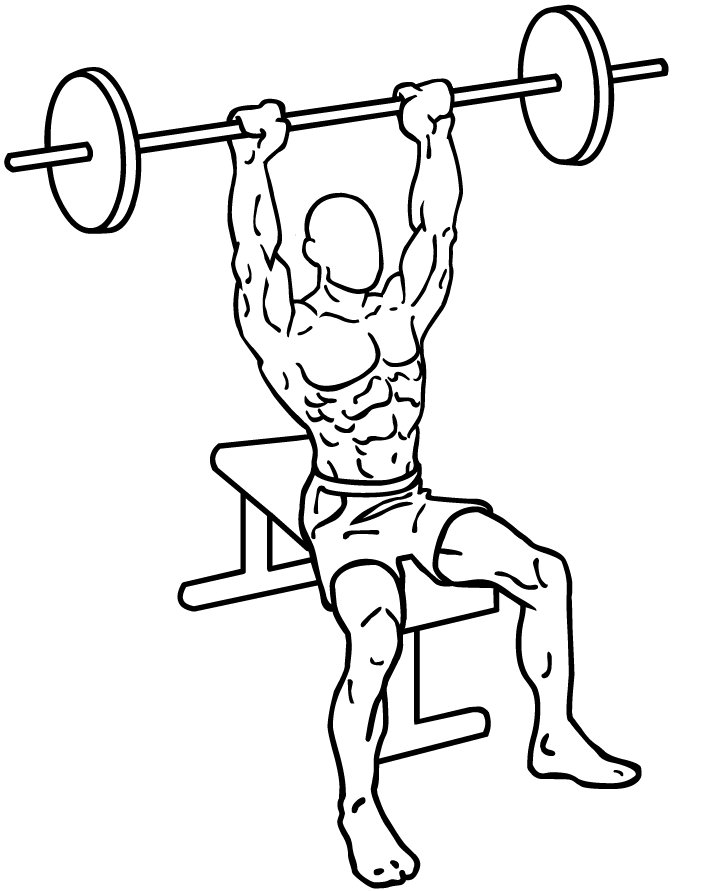
14. **Rotational Shoulder Press**The Rotational Shoulder Press is a dynamic and compound movement that truly puts your core, shoulders, and obliques through their paces, significantly improving both rotational strength and overall stability. This exercise stands as a prime example of functional training, directly benefiting athletic performance and daily activities that inherently involve twisting motions, such as throwing, lifting, or pivoting. It’s about training your body to move as a unified, powerful unit.
This powerful move also enhances upper body coordination, as you simultaneously manage a press and a rotation, while keeping your core intensely engaged. It makes for a compelling full-body movement that demands continuous stabilization from your midsection, preventing unwanted wobbling and ensuring every ounce of effort contributes to building functional strength.
To execute the Rotational Shoulder Press, hold a dumbbell in each hand at shoulder height, with your palms facing forward. Rotate your torso to the right in a controlled motion as you simultaneously press the dumbbell in your left hand directly overhead. Return to the center position with precision and repeat the movement on the opposite side, performing 10 to 12 repetitions per side. Focus on a smooth, coordinated integration of rotation and press.
Read more about: Emergency Ready: Your Step-by-Step Guide to Safely Changing a Tire on a Busy Highway
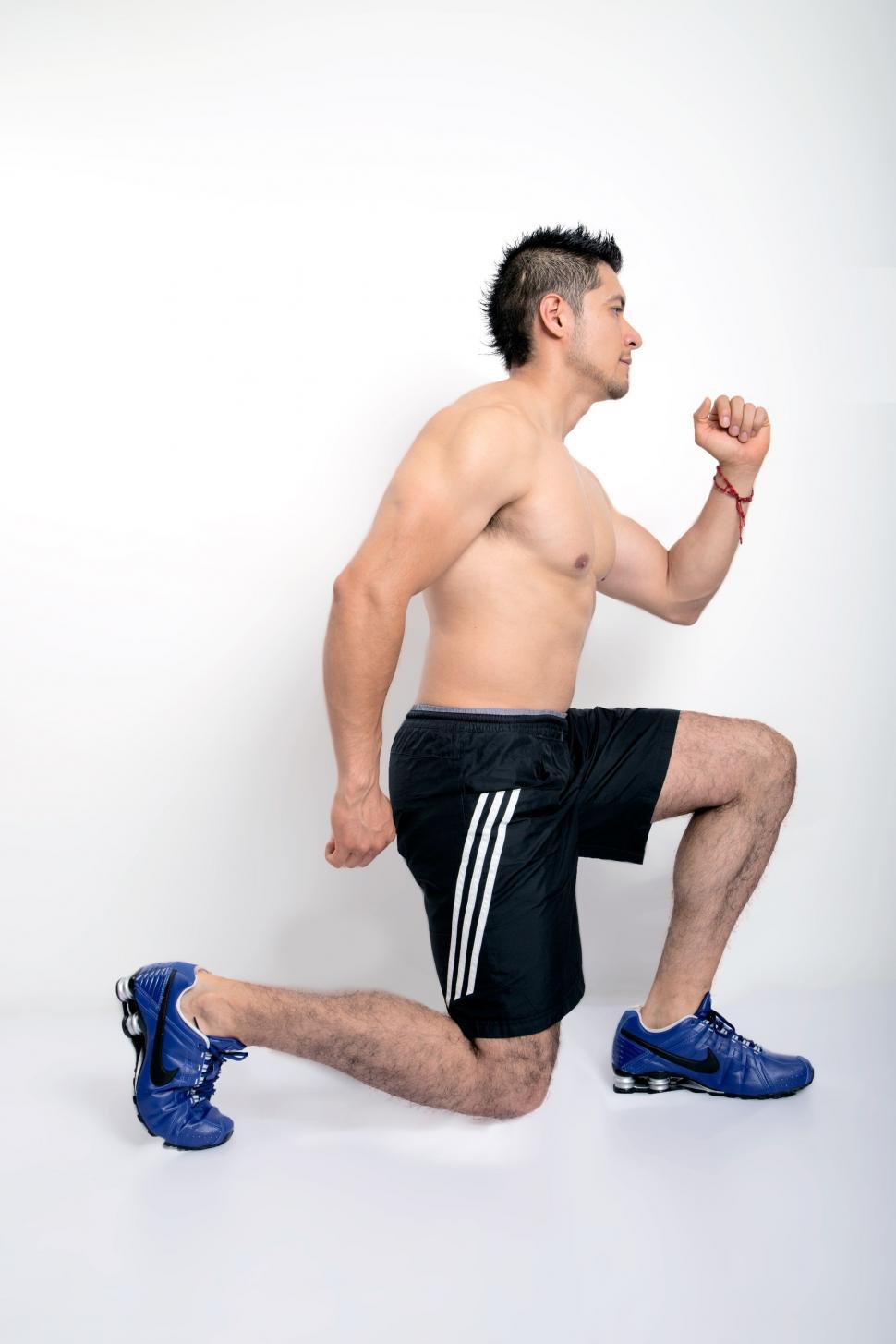
15. **Reverse Lunge with Twist**The Reverse Lunge with Twist is a comprehensive, full-body movement that masterfully engages your core, legs, and glutes, while simultaneously elevating your balance and coordination. The integrated twisting motion is particularly effective, profoundly strengthening your obliques and deeper core muscles, making it an exceptional, multifaceted alternative to conventional crunches. It’s about building a core that supports complex, multi-planar movements.
This exercise also significantly enhances lower-body stability and flexibility, which in turn leads to more efficient and graceful movement in your everyday activities. When your core is dynamically engaged throughout a lunge and a twist, it learns to brace against varied forces, preparing your body for the unpredictable demands of life and sport. It’s a total body sculptor with a core focus.
To perform the Reverse Lunge with Twist, begin by standing tall with your feet together, holding a medicine ball or dumbbell securely in front of you at chest height. Step back into a lunge with your right leg, ensuring your front knee stays over your ankle. As you lunge, simultaneously twist your torso to the left, directing the weight across your body. Return to the starting position with control and repeat the movement on the opposite side, performing 10 to 12 repetitions per side.
Read more about: Remember the’90s? These 16 Cultural Earthquakes Were the Absolute Rulers of Fear and the Midnight Show.
Unlocking the full potential of your core transcends the repetitive rhythm of traditional crunches. The journey toward a truly powerful, resilient, and functional midsection is paved with intelligent, expert-backed movements that mimic and enhance the way your body moves in real life. By embracing these functional powerhouses and standing exercises, you’re not just aiming for a six-pack; you’re investing in a body that moves better, stands taller, and performs stronger in every single aspect of your day. These alternatives promise not just a change in your workout, but a profound transformation in your physical capabilities, proving that real strength begins when you challenge your core with purpose and intelligence. So, ditch the dull, embrace the dynamic, and redefine what ‘strong’ truly means for your core.

